
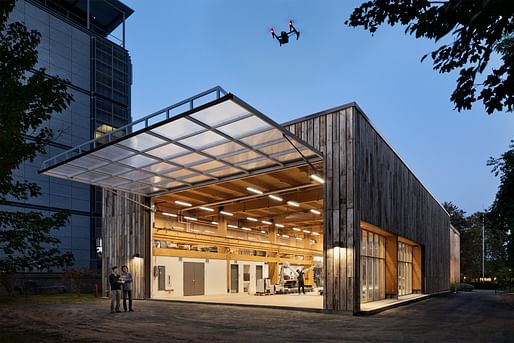
The 2018 cycle for the IIT College of Architecture's Mies Crown Hall Americas Prize is well underway. Recently, four finalists were announced for the MCHAP.emerge competition. The corresponding biennial prize recognizes an outstanding built work in the Americas by an emerging architecture practice.
On April 12, the finalists will be celebrated at the MCHAP.emerge Symposium and Award Dinner, during which the MCHAP.emerge 2018 award recipient will be announced. In the meantime, check out the finalist projects below.
Children Village in Formoso do Araguaia, Tocantins, Brazil by Aleph Zero + Rosenbaum
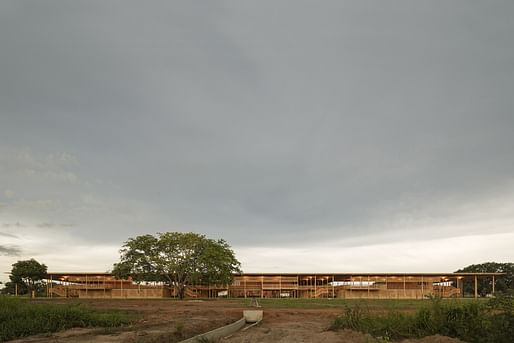
Project excerpt - Objectives: “The process: To better understand the scale of this place inhabited by children, whose point of view changes with every grown inch and to propose a new understanding of the learning space also as a place of residence, we developed a cooperation process. It involved an open and intense collaboration with the local community, teachers, administration and, especially, the children. The process went through stages of research, immersion and teamwork with all those involved, through workshops and dynamics in which a common understanding of the problem and its possible solutions, arising from the dialogue between the contemporary technique and the rich local vernacular knowledge, were sought. Nature: In the context of the Brazilian Amazonian Savannah, nature is understood as “the wild”, and is constantly replaced by plantations. The exuberant forest`s maintenance is implied as a delay, while its beauty is reduced to sporadic exogenous flower gardens. Thus, the project aims to create a new perspective of progress, establishing a more open dialogue between nature, the built environment and the local people`s needs. Industrialization: Industrialization was a necessity, considering the scarse time -14 months to build 23,344.17m2- long distances to be covered and the need for precision and standardization. Therefore, the design unfolds in a set of repeated and assembled pieces, made mostly of wood or compressed earth blocks using local soil. These elements constitute both the spatiality of the building and are also a possible model of simple construction techniques to be spread among the local community.”
PRIMARY AUTHORS: Gustavo Utrabo / Aleph Zero, Pedro Duschenes / Aleph Zero, Adriana Benguela / Rosenbaum, Marcelo Rosenbaum / Rosenbaum
CONTRIBUTING AUTHORS: Helio Olga / Ita Construtora (Engineer), Ricardo Heder / Lux Projetos (Light Designer), Raul Pereira / Raul Pereira Arquitetos Associados (Landscape Designer)
AUTHOR: Fundação Bradesco
COMMON UNITY by Rozana Montiel Estudio de Arquitectura, Rozana Montiel + Alin V. Wallach
Mexico City, Mexico

Project excerpt - Objectives: “We worked around the barriers created by the inhabitants in order to make them permeable, democratic and meaningful. One of our design strategies to reclaim privatized spaces for public use was to shift the vertical (railing, walls, gates, enclosures) which separate and divide for the horizontal (roof, shelter, floors, passageway) that connects, reunites, and encourages community interaction. The horizontal became more than just a roof: by expanding the program of potential activities in common areas through compact multi-functional structures, our COMMONUNITY project gathered the community under the same roof. The design of the new space spoke for itself: people willingly gave up 90% of the barriers. Rehabilitating public space restored the community’s use of it, transforming the UNIT into COMMON-UNITY. 6 The recovered public space in Xalpa became an extension of each apartment, while it remained free to the public. The real-estate value of the apartments doubled: the apartments surrounding the rehabilitated areas acquired the added value of community life. Safety was achieved through design. Our intervention was aimed at placemaking: by expanding the program from the perspective of its temporal and multifunctional uses, we transformed the space into a place with identity and character. Placemaking is about understanding architecture as a social construction too. The public spaces we design CHANGE BARRIERS INTO BOUNDARIES. While barriers lock everyone further into conflict, boundaries require people to communicate aspirations as well as uncomfortable issues. Our touchstone was BUILDING TRUST through design.”
AUTHOR: INFONAVIT (Carlos Zedillo Velasco, CIDS director)
María Montessori School by EPArguitectos + Estudio Macias Peredo
Mazatlán, Sinaloa, Mexico
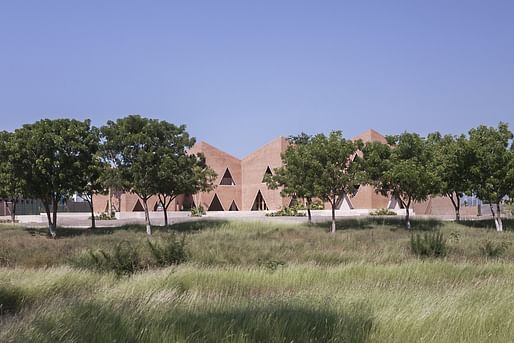
Project excerpt - Objectives: “What is more exciting than designing for children? To create spaces that will stimulate their imagination and their sensitivity. The challenge was to design, plan and build the first phase of this project in 6 months. The client had the dream of a unique building that 12 would facilitate the delivery of the Montessori Method, which is not linear (from the teacher to the child) but concentric (from the child himself). The purpose of the method is to help obtain an integral development of the child, to achieve a maximum degree in his intellectual, physical and spiritual capacities, offering a prepared environment. The prepared learning environment, takes into account that children are eager for knowledge. The classroom had to facilitate these goals, with a flexible module that solve different education levels. The project should be solved as a repetitive system and taking into account local construction techniques that would make an agile construction process.”
PRIMARY AUTHORS: Erick Pérez (EPArquitectos), Salvador Macías (Estudio Macías Peredo), Magui Peredo (Estudio Macías Peredo)
CONTRIBUTING AUTHORS: Guillermo Barrera (EPArquitectos) (Project Director), Isaac Veloz (Estudio Macías Peredo) (Project Director), H Arquitectos (Contractor)
AUTHOR: Paulina Carrillo Collard
Embodied Computation Lab by David Benjamin
Streicher Bridge Princeton, New Jersey, United States

Project excerpt - Objectives: “This building is both an experiment and a research instrument. Just as biologists use a microscope to study organisms, architects will use this structure to study buildings. In other words, the project involves a simple but futuristic building to host research on the future of buildings. // Research will include automated construction, embedded sensors, feedback systems, geothermal wells, energy harnessing, and wall and roof prototypes. Projects will involve interdisciplinary collaboration between architects, engineers, computer scientists, and artists. // The building itself is also a research project on multiple levels. It involves a close study of natural and low-embodied energy materials. In particular, we worked with salvaged scaffolding boards, which are ubiquitous in construction, but they are typically discarded after a year as a rule-of-thumb, rather than inspected for problems such as warping or cracking. We used 900 scaffolding boards that would otherwise become waste. But more than offering a sustainable material, this approach allowed us to see architectural materials in a new way. Our experiments led us to emphasize revealing natural variation in boards rather than suppressing it with a one-size-fits-all or lowest-common-denominator approach. We began to read how each board comes from a different tree with a different history of growth. This allowed us to process each board according to its properties and create a unique facade. But more fundamentally, this allowed us to develop a new perspective on buildings as a temporary synthesis of materials, energy, and labor—connected to other formations before and after the life of the building.”
CONTRIBUTING AUTHORS: John Locke / The Living (Project Manager), Dan Topping / NK Architects (Architect of record), Axel Kilian / Princeton University (Faculty researcher), Forrest Meggers / Princeton University (Faculty researcher), Cristobal Correa / Buro Happold (Structural and MEP engineering), Justin Green / Big Reuse (Material salvage), Evan Eisman / Evan Eisman Studio (Sandblasting), Mike Tartaglia / Epic (Contractor)
AUTHOR: Princeton University
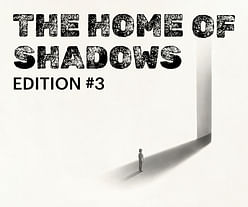
The Home of Shadows / Edition #3
Register by Wed, Jan 29, 2025
Submit by Mon, Mar 3, 2025
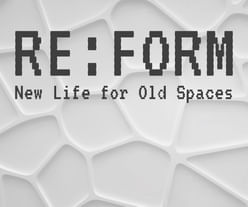
Re:Form – New Life for Old Spaces
Register by Wed, Jan 22, 2025
Submit by Tue, Sep 2, 2025

Kinderspace: Architecture for Children's Development #2
Register by Thu, Jan 16, 2025
Submit by Mon, Jun 16, 2025

The Last Nuclear Bomb Memorial / Edition #5
Register by Thu, Jan 16, 2025
Submit by Wed, Feb 19, 2025
No Comments